Circa 2016
There are few people insane enough to strap on a jetpack and jump out of a helicopter, but Rex Pemberton is apparently one of them.
Circa 2016
There are few people insane enough to strap on a jetpack and jump out of a helicopter, but Rex Pemberton is apparently one of them.
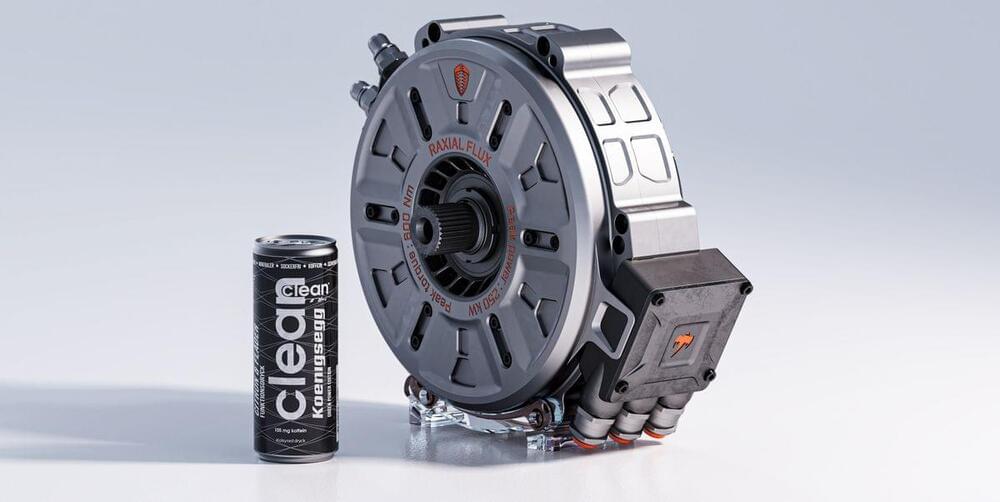
Dubbed the “Quark,” the motor weighs just 63 pounds.
Koenigsegg is also marketing an EV drive unit made up of two Quark motors, plus its small-but-powerful inverter, and small low-ratio planetary gearsets at each output shaft. The unit is called the “Terrier,” and serves up 670 hp and 811 lb-ft in a package that weighs just 187 pounds, and which offers torque vectoring across an axle. A Terrier can be bolted directly to a car’s monocoque as well.
More information on the Terrier unit is forthcoming, and presumably, it will be featured on future Koenigsegg products. As ever, the numbers are deeply impressive and entirely unsurprising from the innovative Swedish firm.
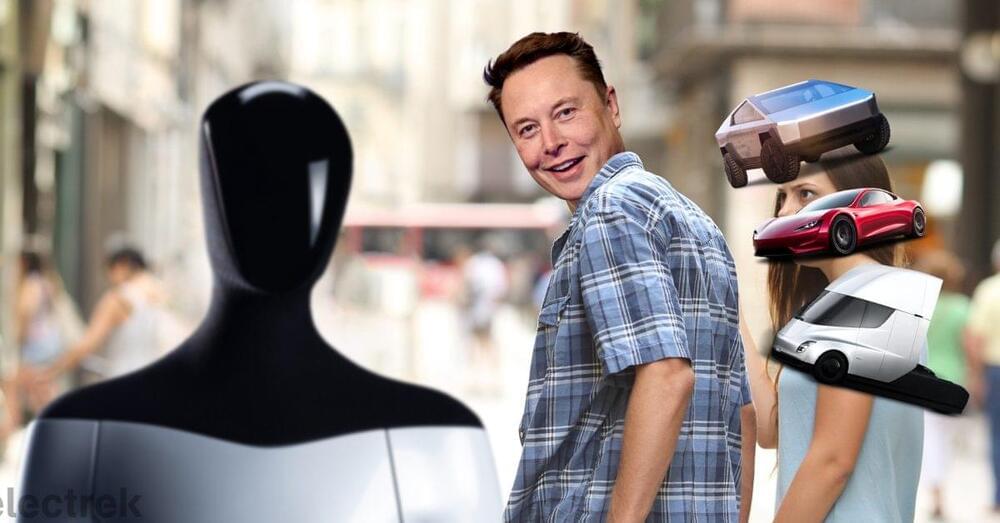
Elon Musk announced that Tesla is going to be shifting its product development to make Tesla Bot, a humanoid robot also known as Optimus, a priority in 2022.
This is quite a surprising change of strategy.
When Tesla Bot was announced, Musk presented the project as something Tesla could do by leveraging existing work and parts from the development of self-driving technology, and if they don’t do it, someone else will, and they might not do it as well or as safely as Tesla can.
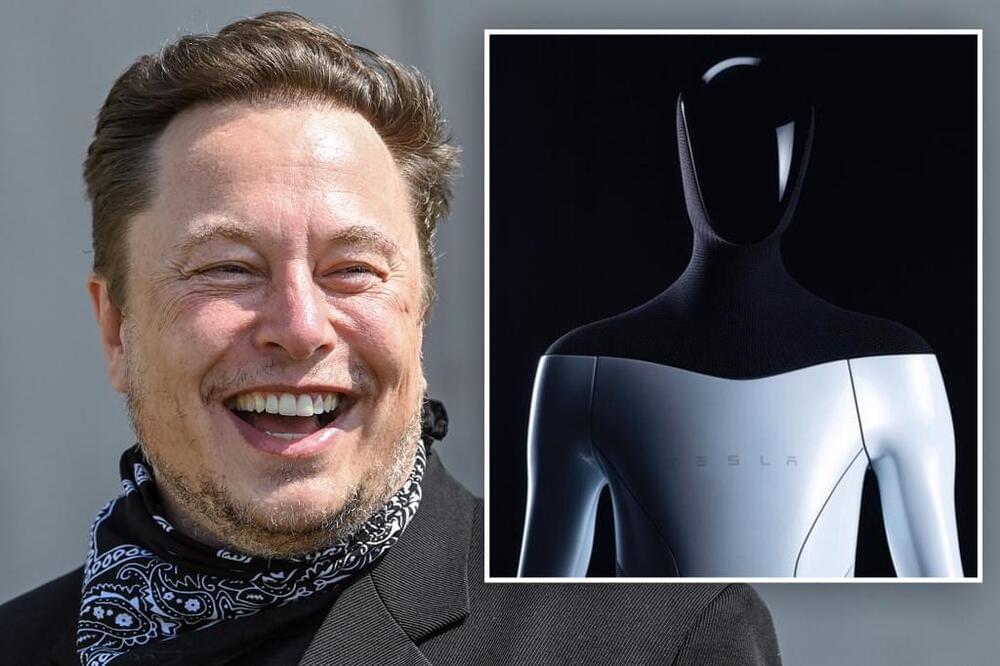
Elon Musk recently said that Tesla’s humanoid robo t project is the “most important product development we’re doing this year.”
On Wednesday, during Tesla’s earnings call, Musk said Tesla’s humanoid robot has the potential to be more significant than the vehicle business over time’ and it is the most important product development they are doing in 2022. Musk introduced the concept of Tesla’s humanoid robot back in August, 2021 during Tesla’s AI event.
Tesla’s humanoid robot aka Tesla Bot is a 5-foot-8-inch and 125-pounds robot aims to do the dangerous, repetitive, physical tasks in the future. Elon Musk joked that Tesla Bot will be friendly and also mentioned that it will be built from lightweight materials.

Ask 50 people what the metaverse means, right now, and you’ll get 50 different answers. If a metaverse is where the real and virtual worlds collide, then Instagram is a metaverse: you create an avatar, curate your image, and use it to interact with other people. What everyone seems to agree on, however, is that it’s worth money. Epic Games and the recently rebranded Facebook are investing billions a year in this idea. When Microsoft bought video game publisher Activision for $70bn last week, it was described as “a bet on the metaverse”.
The tech world seems to be leaning towards some kind of early 00s conception of wearing a VR headset and haptic suit and driving a flying car towards your perfect pretend mansion in a soothingly sanitised alternate reality, where you can have anything you want as long as you can pay for it. Look at Mark Zuckerberg’s now-infamous presentation of the future of his company, with its bland cartoonish avatars and emptily pleasant environments. It is the future as envisioned by someone with precious little imagination.
I do not deny that some people want this vision. Ready Player One was a runaway hit. But the metaverse as envisioned by the people currently investing in it – by tech billionaires such as Zuckerberg and Activision CEO Bobby Kotick, by techbro hucksters selling astonishingly ugly generative-art NFTs and using words like “cryptoverse” – can only be described as spiritually bereft. It holds no interest for me.
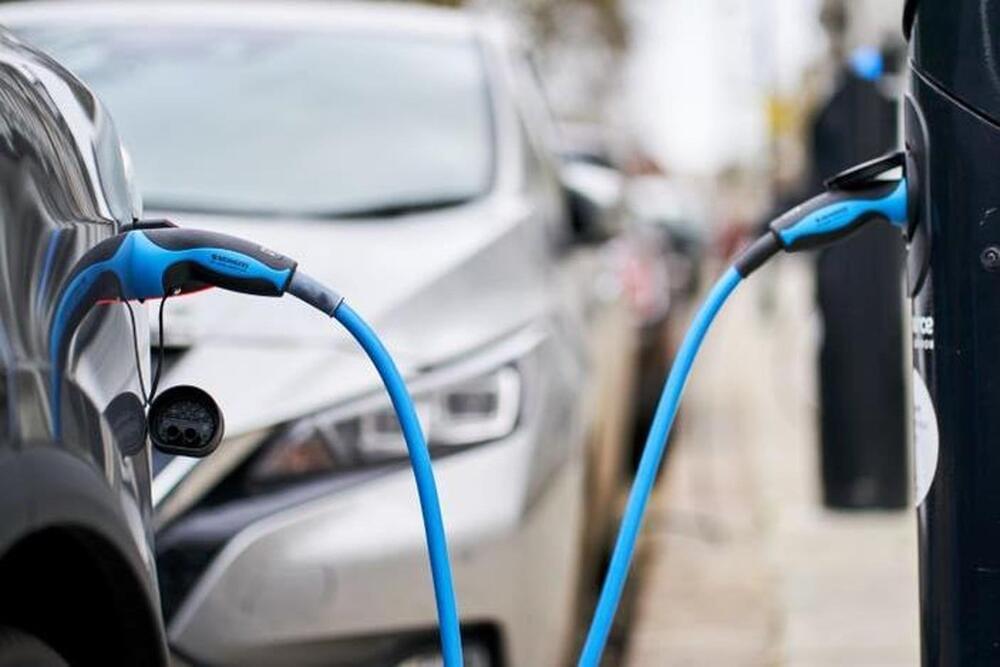

Chinese mobility manufacturer BYD has introduced its new “Type A” electric school bus to transport up to thirty US students at a time. Furthermore, the new zero-emission bus is ADA capable up to 800 lbs and can travel 140 miles on a single charge. What may be most appealing to school districts, however, is the vehicle-to-grid (V2G) capabilities BYD’s Type A school bus will provide.
BYD is an acronym for “Build Your Dreams,” a motto the Chinese automaker has followed since 1995 when it was founded. BYD Auto, the subsidiary of BYD Co. Ltd. will be celebrating its 20th anniversary next year, as it sits as one of the largest auto manufacturers in China. In 2021, BYD produced over 320,000 BEVs, second in the country only to SAIC.
In addition to manufacturing unique “blade” EV batteries, BYD Auto develops and manufactures electric cars, buses, trucks, bicycles, and even forklifts – under its own monicker as well as for other OEMs like Toyota.
👉For business inquiries: [email protected].
✅ Instagram: https://www.instagram.com/pro_robots.
You are on the PRO Robots channel and today we are going to talk about the main trends in science and technology for the next 10 years. How will the world of robotics change in 2022 and what will happen in the next 10 years? Experts say robots will become as commonplace in our lives as smartphones and laptops. Watch the top robotics trends in one video!
0:00 In this video.
0:23 Smart factories.
1:16 Robot interaction.
1:40 Semi-structured Environment.
2:20 Machine vision.
3:04 Artificial Intelligence.
3:43 Intuitive programming and RaaS
4:31 Robot maintenance.
5:08 Robots everywhere.
5:43 Unmanned cars.
6:52 Delivery robots.
7:29 Logistics Robots.
7:53 Robot dogs.
8:34 Humanoid robots.
#prorobots #robots #robot #futuretechnologies #robotics.
More interesting and useful content:
✅ Elon Musk Innovation https://www.youtube.com/playlist?list=PLcyYMmVvkTuQ-8LO6CwGWbSCpWI2jJqCQ
✅Future Technologies Reviews https://www.youtube.com/playlist?list=PLcyYMmVvkTuTgL98RdT8-z-9a2CGeoBQF
✅ Technology news.
https://www.facebook.com/PRO.Robots.Info.
#prorobots #technology #roboticsnews.

Sweeney responded: “Sounds doable, account and all my help. Any chance to up that to $50K?”
The 19-year-old cited college funding and told the billionaire the money could go towards buying a Tesla Model 3.
“I’ve done a lot of work on this and 5k is not enough,” Sweeney said in an interview with Insider. He added $5,000 wasn’t enough to replace “the fun I have in this, working on it.”
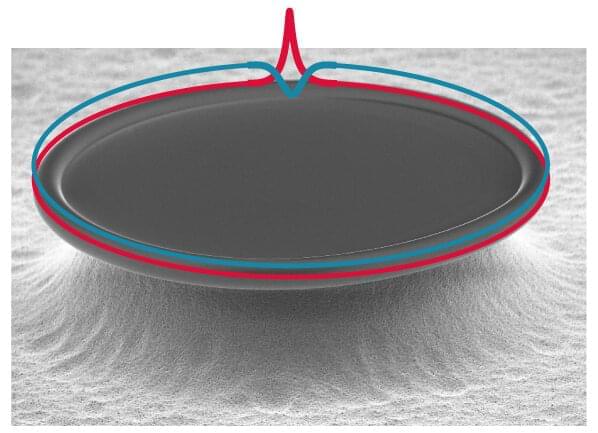
For the first time, scientists were able to create ultrashort dark and bright light pulses that are linked together in tiny glass rings called microresonators. Each of the flashes consist of many different, precisely defined colors: a frequency comb. The combination of the pulses increases the color range of the emitted light from the microresonators. This new light source helps to make more precise sensors to trace for example lowest quantities of explosives at an airport or for distance sensors in autonomous cars to detect obstacles on a street.
It sounds like magic: Laser light of only one color produce a rainbow of many different colors. Scientists are able to produce this strange effect in microresonators, small disks made of glass. If they send a pulsed laser beam into these structures, ultrashort packets of light waves are running in its interior in circles. And start to send out light of different, evenly spaced frequencies like the teeth of a comb. The invention of the optical frequency comb was awarded with the Nobel Prize in Physics in 2005.
Now, researcher from the Max-Planck-Institute for the Science of Light (MPL) in Erlangen and the Imperial College London were able to produce for the first time an even stranger effect: By directing two Laser beams of slightly different infrared light at the outer rim of the microresonator they got two wave packets, called solitons: one bright and one dark, which run in circles. A dark pulse means having a constant light signal that goes dark for a very short time. Both dark and bright light pulses only last for 1/1013 th of a second.